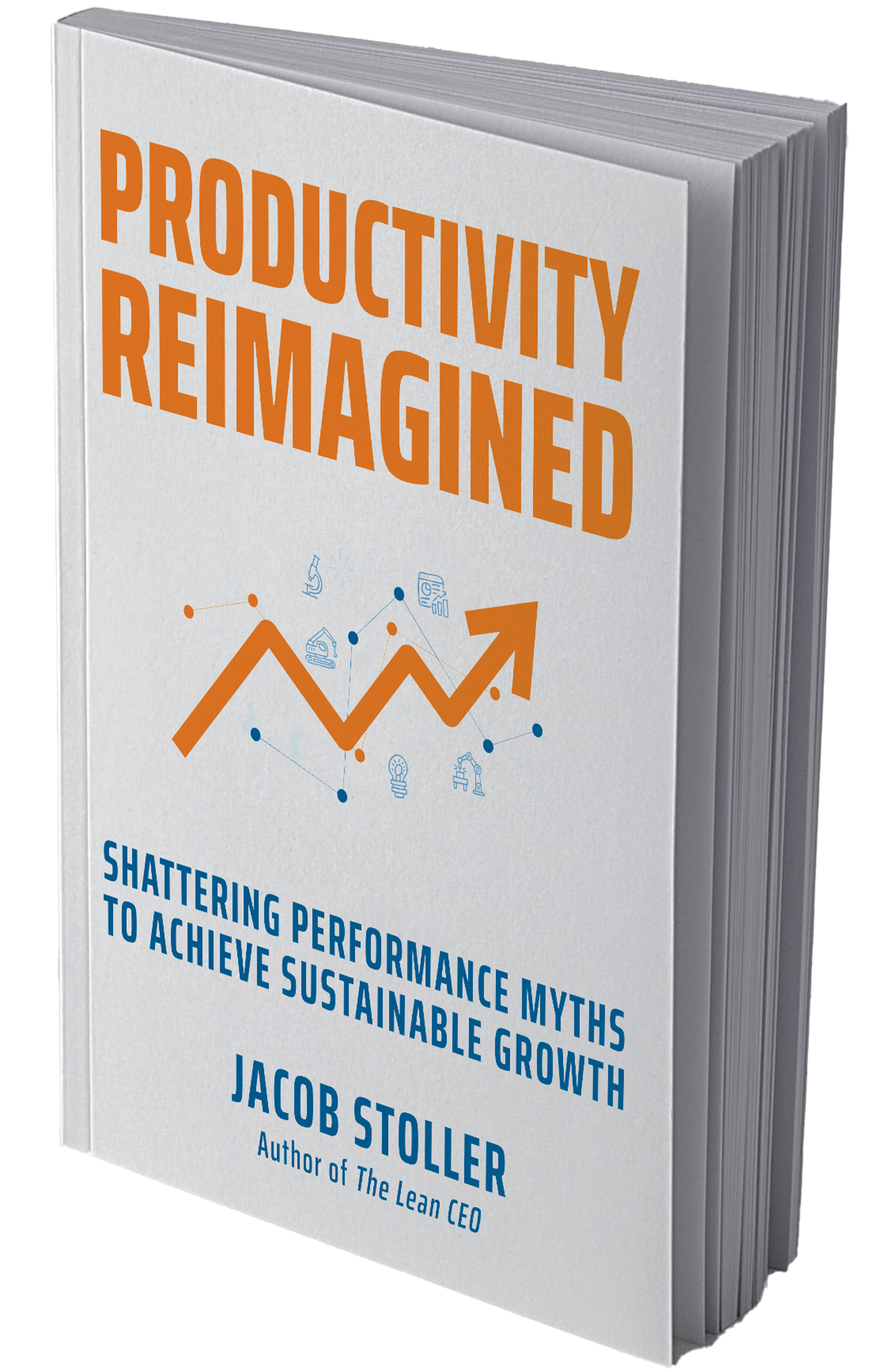The launch of my latest book, Productivity Reimagined, is only ten days away. We’ll be looking at some stories and excerpts leading up to the big day. Here, for openers, is a section from the Preface.
“People by nature want to be productive. The urge to work towards something that matters is the force that gets us up in the morning, keeps us going despite obstacles, and compels us to do better than we did last time. When we see the impact of our productivity, it gives us the pride and satisfaction that we’ve made the world a little bit better.
Companies want their people to be productive as well. Engaged, productive workforces enable companies to overcome barriers and constantly get better at what they do. Productivity growth allows companies to deliver their products and services faster, cheaper, and better; provide better jobs; and contribute to the betterment of their surrounding communities.
There’s a disconnect, however, between people’s productive inclinations and what actually happens in most companies.
Most people grasp this intuitively. The feeling is that even if they derive considerable enjoyment from their chosen line of work, they are stymied by all the “other stuff” they have to deal with.
The “other stuff” isn’t just necessary drudgery like filling out expense reports. It’s also the adversarial relationships, fear of speaking out, poor coordination, lack of support, and having to do things just to please the boss.
Disengagement is widespread. In the US, according to Gallup, only 30% of employees reported they were engaged in their work in 2023. Furthermore, 17% reported that they are actively disengaged.1
This disconnect causes companies to be much less productive than they should be, and that has severe implications for our economy. The GDP growth that governments report, as will be shown in Chapter 1, is becoming less and less reflective of true productivity growth. In other words, we are in a productivity crisis.
The question is, if people want to be productive and more productivity is needed, what prevents companies from connecting the dots?
The short answer is that the conventional command-and-control management approach tends to divide people and get them working at cross purposes. High productivity, on the other hand, calls for changing this approach to create a workplace culture where all employees participate in improving work processes.
The command-and-control approach is deeply entrenched, and consequently companies that have achieved this transformation are the exception rather than the rule.
I have had hundreds of conversations over the years with leaders and business experts on why this transition is so difficult to make. On the surface, the conventional methods are reinforced by business school curricula, accounting principles, corporate policy documents, and decades of tradition.
My conversations have revealed that there are deeper reasons. I’ve learned that there’s a widely held belief system that makes it difficult for even the most forward-thinking leaders to abandon the status quo. This belief system, I’ve concluded, rests on five widely held business myths that fly in the face of reality yet are regarded as immutable fixtures. We will cover these in detail in this book.”


Leave a Reply